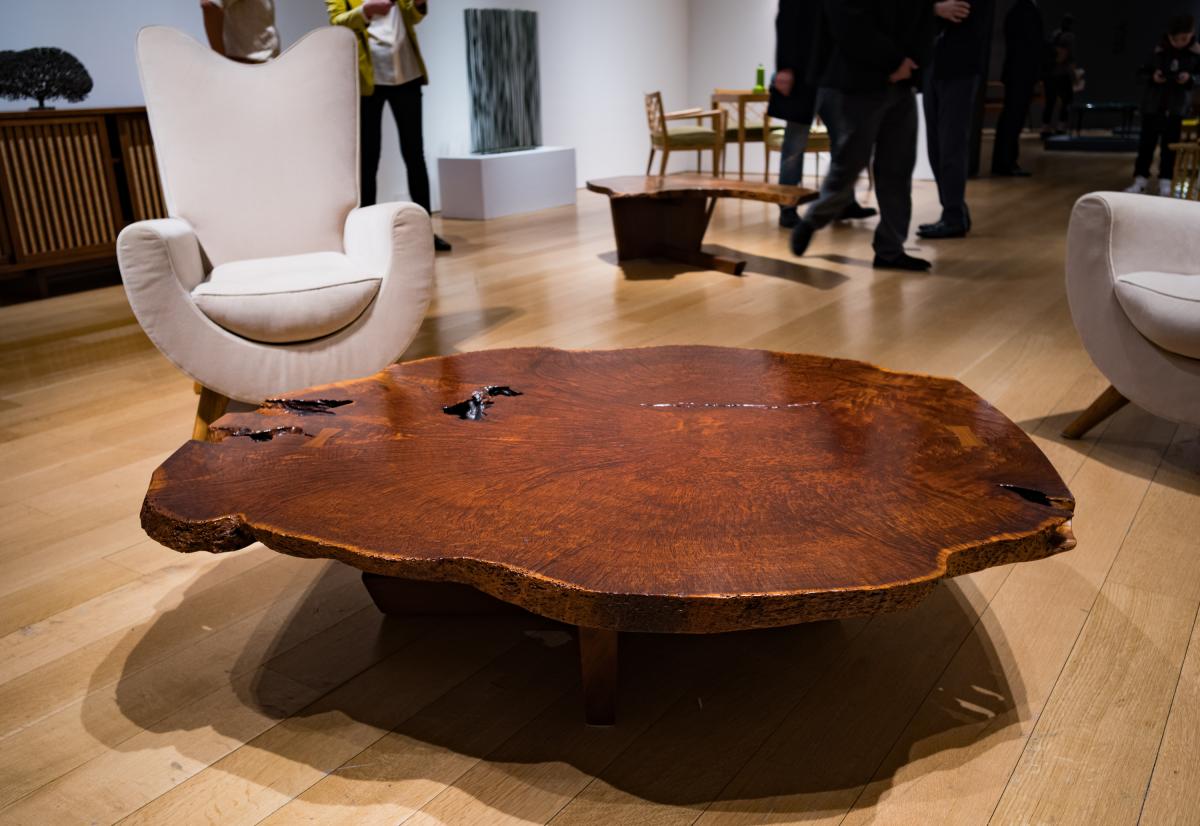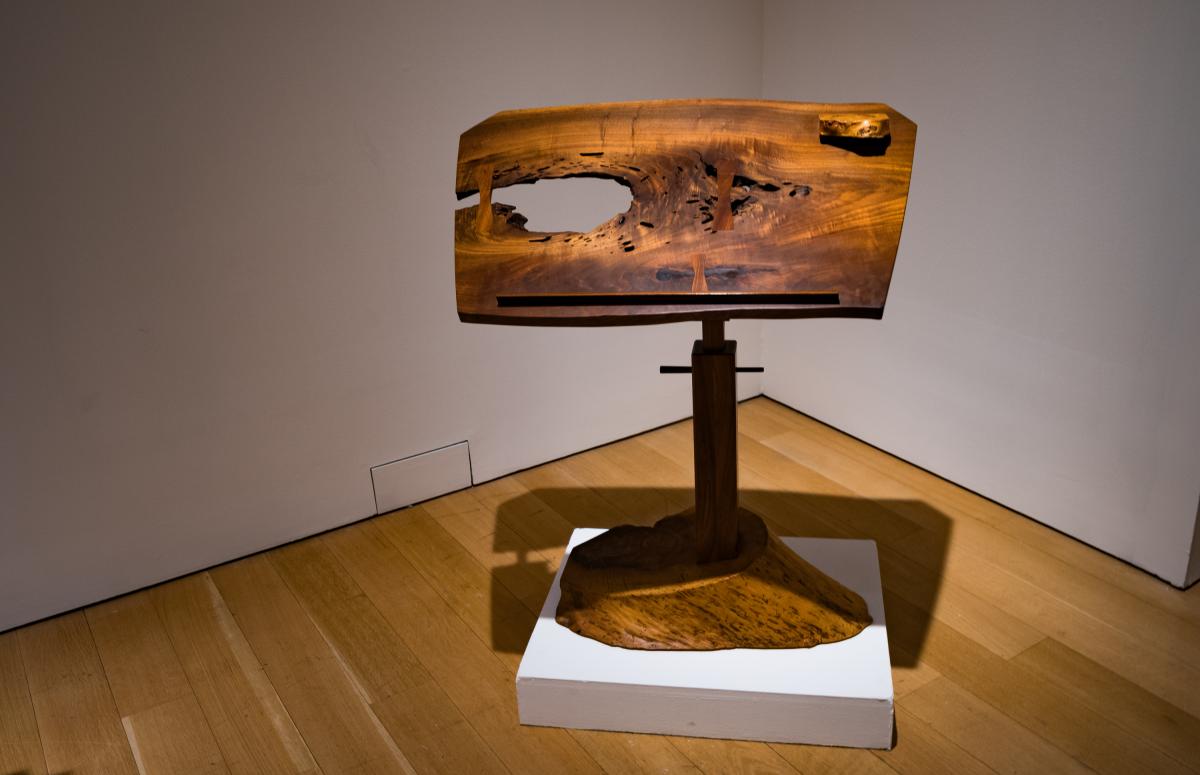|
|
|
 Joel's Blog Joel's Blog |
 Built-It Blog Built-It Blog |
 Video Roundup Video Roundup |
 Classes & Events Classes & Events |
 Work Magazine Work Magazine |
| Recent Blogs: | |
|---|---|
 | How We Learn + Job Opening - 02/19/2025 |
 | Some Things Never Change - 02/05/2025 |
 | Do a Favor for Your Non-woodworking Friends - Sharpen Their Kitchen Knives - 01/22/2025 |
 | A Visit to Kalustyan - Why Independent Stores Are So Important - 01/15/2025 |
 | A Brush With Destiny - 12/18/2024 |
 | The Private Townhouses of Brooklyn's Sunset Park - 12/11/2024 |
 | Why Shop? - 12/04/2024 |
 | Back In Stock! - 11/15/2024 |
 | What To Do With Flawed Arkansas Stones - 10/18/2024 |
 | The Uncola - 10/02/2024 |
 | The Designer Furniture District - 09/25/2024 |
 | New Book: Set & File A Practical Guide to Saw Sharpening by Matt Cianci - 08/23/2024 |
 | Introducing The Gramercy Tools Spoonmaker’s Riffler Rasp - 08/14/2024 |
 | Two Chairs - 06/19/2024 |
 | Three Kinds of Chairs (Or Two) (Or Four) - 06/12/2024 |
 | Manufacturing Specialization - 06/05/2024 |
 | Ruthless Efficiency And The Perfect Pencil - 05/22/2024 |
 | Semi-Annual Salmagundi Club Benefit Auction - 05/15/2024 |
 | Advertising 101 - 05/08/2024 |
 | An Update on the Gramercy Tools Treadle Lathe - 05/01/2024 |
| Older Entries... | |
|
Hours: M-F 9:00-5:00, closed Sat,Sun Our Guarantee & Return Policy Shipping and Sales Tax Info Privacy Policy Holiday Calendar |
|
Contact Us:
Email: support@toolsforworkingwood.com Phone: 800-426-4613 or 718-499-5877 Visit Us in Brooklyn: Directions to Our Showroom © 1999-2019 toolsforworkingwood.com Powered by 01 Inc. Coded entirely in NYC |




